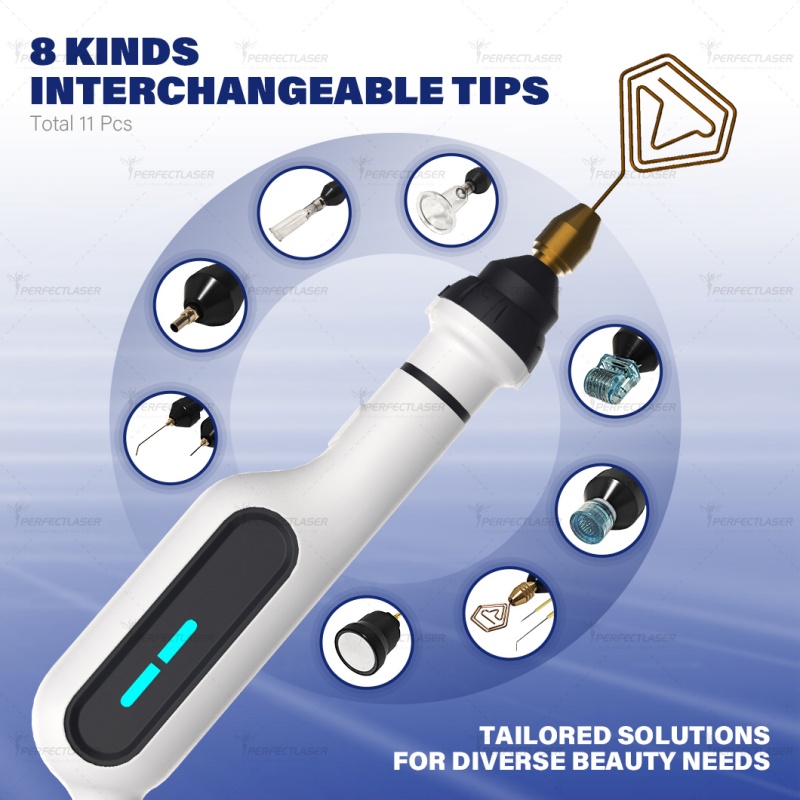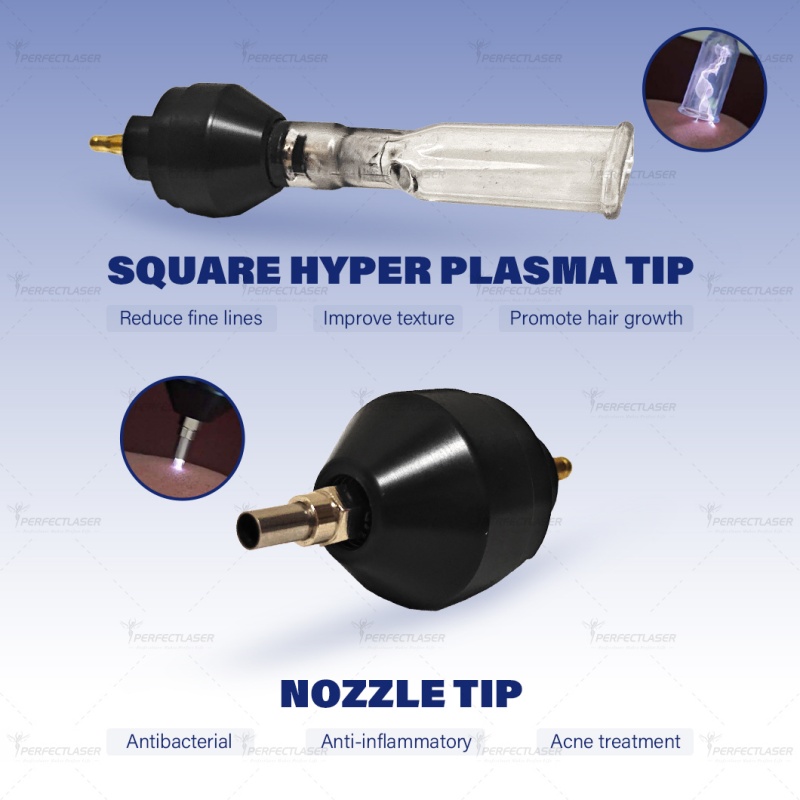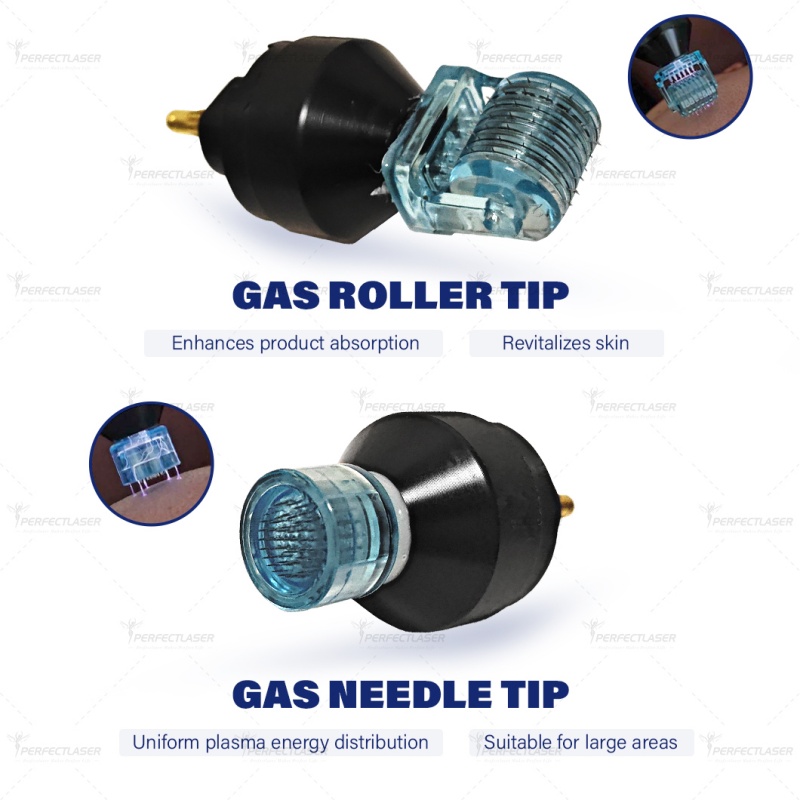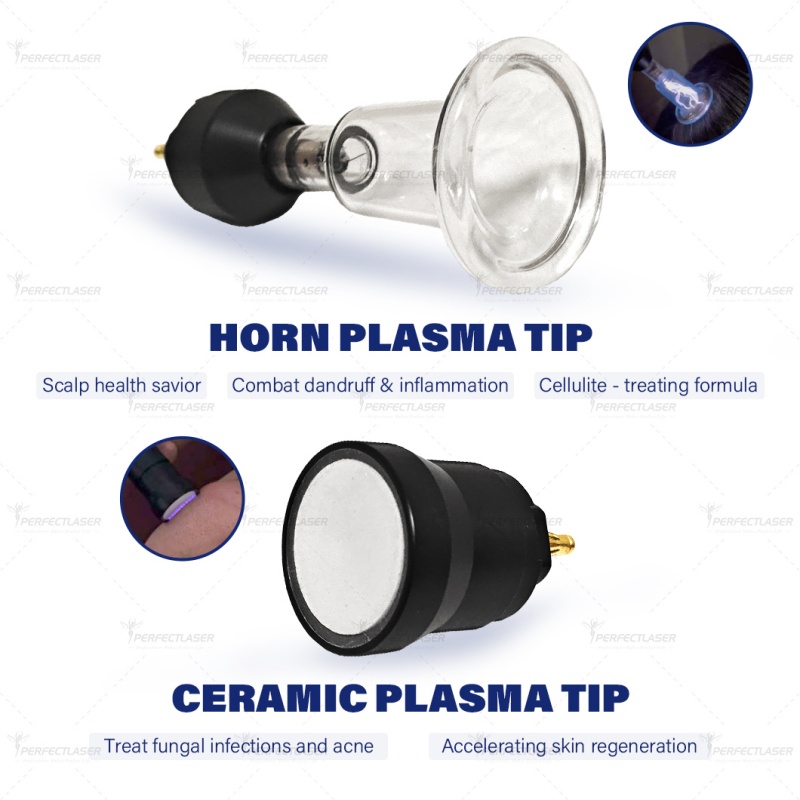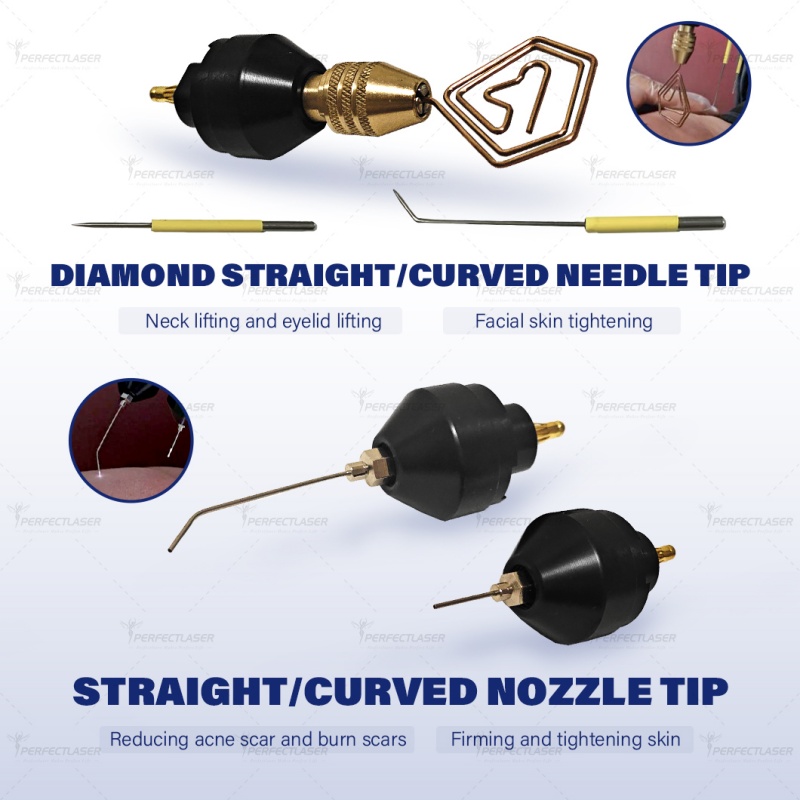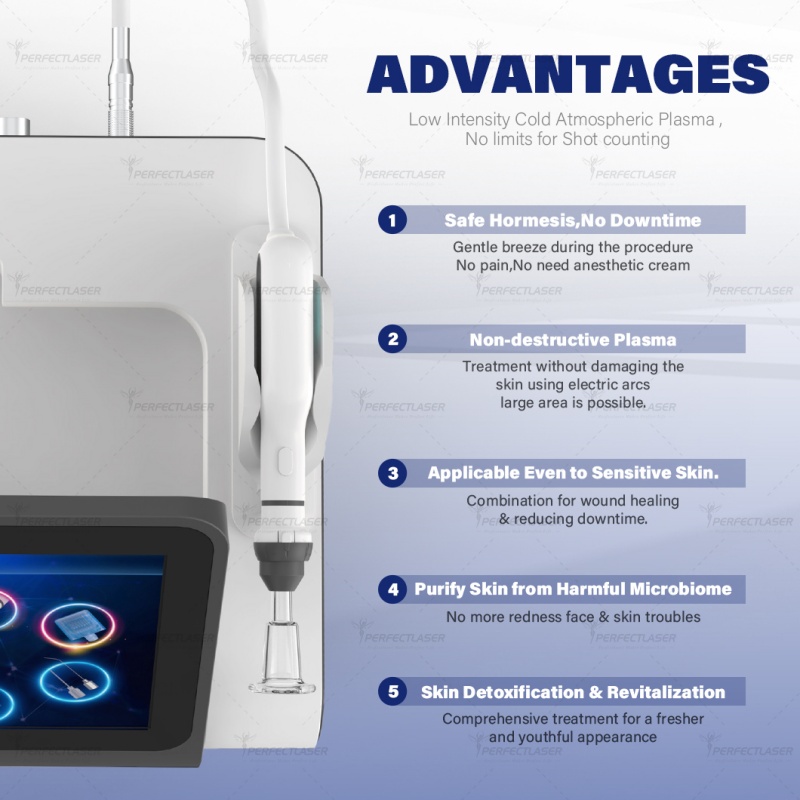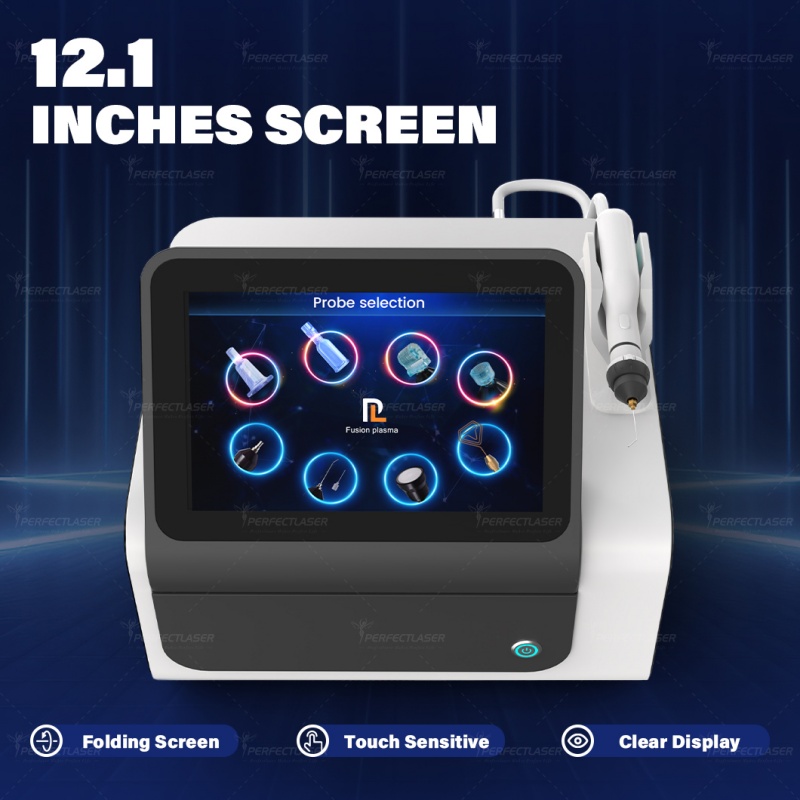A Cold Plasma Machine operates based on the principles of plasma physics and is used in a variety of applications such as surface sterilization, wound healing, air and water purification, and material processing. Here’s an overview of its working principle:
What is Cold Plasma?
Cold plasma, also known as non-thermal plasma, is a partially ionized gas containing ions, electrons, neutral atoms, and reactive species at near-room temperatures. Unlike thermal plasmas (like in arc welding), cold plasma can be safely applied to heat-sensitive materials, including living tissues.
Working Principle of a Cold Plasma Machine
1. Gas Input
The machine starts by introducing a working gas, typically:
Air
Oxygen (O₂)
Nitrogen (N₂)
Argon (Ar)
Helium (He)
These gases are chosen based on the intended application.
2. Energy Input
The machine uses a high-voltage power source to apply an electric field to the gas. This can be:
Radio frequency (RF)
Microwave energy
Dielectric barrier discharge (DBD)
Pulsed DC
This energy source excites the gas molecules without significantly increasing the overall temperature.
3. Plasma Generation
The energy ionizes the gas, creating plasma made of:
Electrons
Ions
UV photons
Reactive species (e.g., O₃, OH⁻, NO)
Despite the high energy of individual particles, the bulk gas remains near room temperature—hence it’s called “cold” plasma.
4. Interaction with Target
The generated cold plasma is directed at a surface (e.g., skin, wound, packaging material). The reactive species perform various actions:
Destroy microbes (bacteria, viruses, fungi)
Enhance wound healing by promoting cell regeneration
Modify material surfaces (e.g., increasing wettability or adhesion)
Remove contaminants or odors
Key Characteristics
Low temperature: Safe for biological tissues and sensitive materials.
Highly reactive: Effective at killing pathogens and altering surfaces.
No chemicals: Eco-friendly and residue-free.
Applications
Industry Application
Medical Wound healing, sterilization
Food Packaging Surface decontamination
Electronics Surface activation, cleaning
Environmental Air and water purification
Textile Improving dye adhesion

